1,3-Diiminoisoindoline
Synonym(s):1,3-Isoindolinediimine;Phthalimide diimide
- CAS NO.:3468-11-9
- Empirical Formula: C8H7N3
- Molecular Weight: 145.16
- MDL number: MFCD00010062
- EINECS: 222-426-8
- SAFETY DATA SHEET (SDS)
- Update Date: 2024-12-18 14:08:57
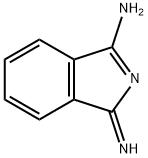
What is 1,3-Diiminoisoindoline?
Chemical properties
Off yellow crystals
The Uses of 1,3-Diiminoisoindoline
1,3-Diiminoisoindoline is a useful compound in the production of colouring compositions. Dyes and metabolites.
What are the applications of Application
1,3-Diiminoisoindoline is a dye used to synthesize symmetrical complexes
Flammability and Explosibility
Not classified
Safety Profile
A severe eye and skin irritant. Questionable carcinogen with experimental carcinogenic and tumorigenic data. When heated to decomposition it emits toxic fumes of Nox
Purification Methods
It crystallises from H2O, MeOH or MeOH/Et2O (charcoal) in colourless prisms that become green on heating. [Elvidge & Linstead J Chem Soc 5000 1952]. IR (nujol): 3150 and 690 cm-1 , and UV: max 251nm ( 12,500), 256nm ( 12,5000) and 303nm ( 4,600) [Elvidge & Golden J Chem Soc 700 1957, Clark et al. J Chem Soc 3593 1953]. The thiocyanate has m 250-255o (dec), the monohydrochloride has m 300-301o (turns green), and the dihydrochloride has m 326-328o (turns green) and the picrate crystallises from EtOH with m 299o (dec). [Beilstein 22/13 V 5.]
Properties of 1,3-Diiminoisoindoline
| Melting point: | ~197 °C (dec.)(lit.) |
| Boiling point: | 254.27°C (rough estimate) |
| Density | 1.2109 (rough estimate) |
| vapor pressure | 0.003Pa at 20℃ |
| refractive index | 1.5400 (estimate) |
| storage temp. | -20°C Freezer, Under inert atmosphere |
| solubility | DMSO (Slightly, Sonicated), Methanol (Slightly) |
| form | Solid |
| pka | 8.47±0.20(Predicted) |
| color | Pale Yellow |
| Water Solubility | 31.6g/L at 20℃ |
| BRN | 118477 |
| CAS DataBase Reference | 3468-11-9(CAS DataBase Reference) |
| EPA Substance Registry System | 1H-Isoindol-3-amine, 1-imino- (3468-11-9) |
Safety information for 1,3-Diiminoisoindoline
| Signal word | Danger |
| Pictogram(s) |
 Corrosion Corrosives GHS05  Exclamation Mark Irritant GHS07 |
| GHS Hazard Statements |
H315:Skin corrosion/irritation H318:Serious eye damage/eye irritation H335:Specific target organ toxicity, single exposure;Respiratory tract irritation |
| Precautionary Statement Codes |
P261:Avoid breathing dust/fume/gas/mist/vapours/spray. P280:Wear protective gloves/protective clothing/eye protection/face protection. P305+P351+P338:IF IN EYES: Rinse cautiously with water for several minutes. Remove contact lenses, if present and easy to do. Continuerinsing. |
Computed Descriptors for 1,3-Diiminoisoindoline
1,3-Diiminoisoindoline manufacturer
Shubham Specialty Products Pvt Ltd
Vijay Chemical Industries
New Products
(S)-3-Aminobutanenitrile hydrochloride 4-Methylphenylacetic acid N-Boc-D-alaninol N-BOC-D/L-ALANINOL Tert-butyl bis(2-chloroethyl)carbamate 3-Morpholino-1-(4-nitrophenyl)-5,6-dihydropyridin- 2(1H)-one Furan-2,5-Dicarboxylic Acid Tropic acid 1-Bromo-3,5-Di-Tert-Butylbenzene S-2-CHLORO PROPIONIC ACID ETHYL ISOCYANOACETATE 2-Bromo-1,3-Bis(Dimethylamino)Trimethinium Hexafluorophosphate 4-IODO BENZOIC ACID 3-NITRO-2-METHYL ANILINE 1-(2,4-DICHLOROPHENYL) ETHANAMINE (2-Hydroxyphenyl)acetonitrile 4-Bromopyrazole 2-(Cyanocyclohexyl)acetic acid 4-methoxy-3,5-dinitropyridine 1-(4-(aminomethyl)benzyl)urea hydrochloride 2-aminopropyl benzoate hydrochloride diethyl 2-(2-((tertbutoxycarbonyl)amino) ethyl)malonate tert-butyl 4- (ureidomethyl)benzylcarbamate Ethyl-2-chloro((4-methoxyphenyl)hydrazono)acetateRelated products of tetrahydrofuran




![1,3-DIIMINOBENZ[F]ISOINDOLINE](https://img.chemicalbook.in/CAS/GIF/65558-69-2.gif)
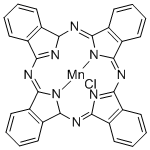


You may like
-
 57500-34-2 / 3468-11-9 1,3-Diiminoisoindoline 98%View Details
57500-34-2 / 3468-11-9 1,3-Diiminoisoindoline 98%View Details
57500-34-2 / 3468-11-9 -
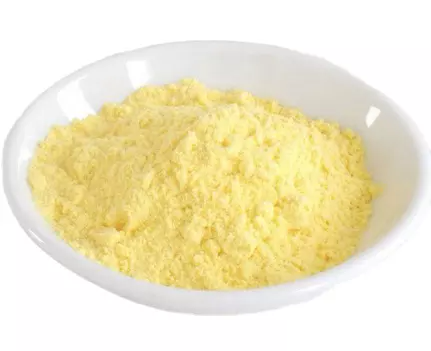 57500-34-2 / 3468-11-9 98%View Details
57500-34-2 / 3468-11-9 98%View Details
57500-34-2 / 3468-11-9 -
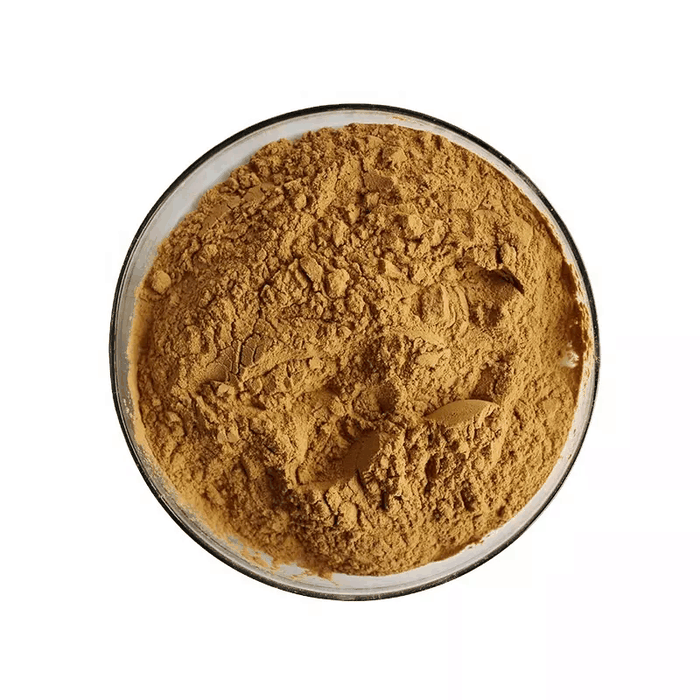 1,3-Diiminoisoindoline 98%View Details
1,3-Diiminoisoindoline 98%View Details
57500-34-2 / 3468-11-9 -
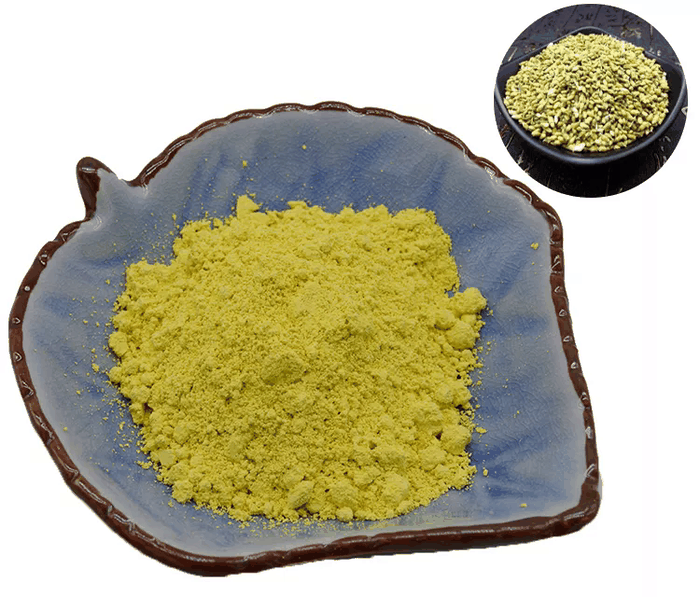 1,3-Diiminoisoindoline 57500-34-2 / 3468-11-9 99%View Details
1,3-Diiminoisoindoline 57500-34-2 / 3468-11-9 99%View Details
57500-34-2 / 3468-11-9 -
 1,3-Diiminoisoindoline CAS 3468-11-9View Details
1,3-Diiminoisoindoline CAS 3468-11-9View Details
3468-11-9 -
 1975-50-4 98%View Details
1975-50-4 98%View Details
1975-50-4 -
 14714-50-2 (2-Hydroxyphenyl)acetonitrile 98+View Details
14714-50-2 (2-Hydroxyphenyl)acetonitrile 98+View Details
14714-50-2 -
 118753-70-1 98+View Details
118753-70-1 98+View Details
118753-70-1